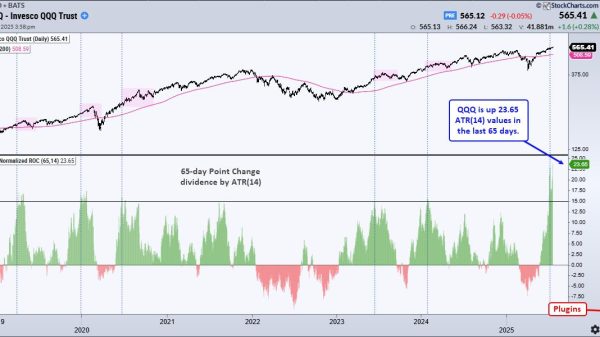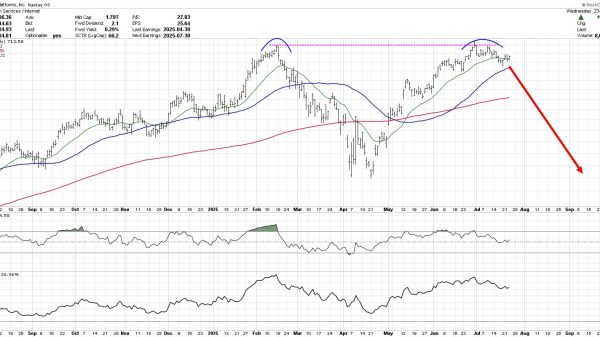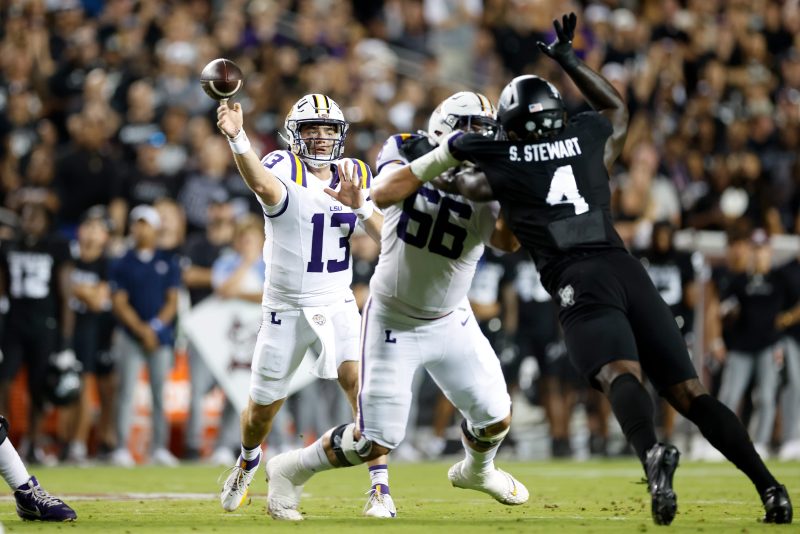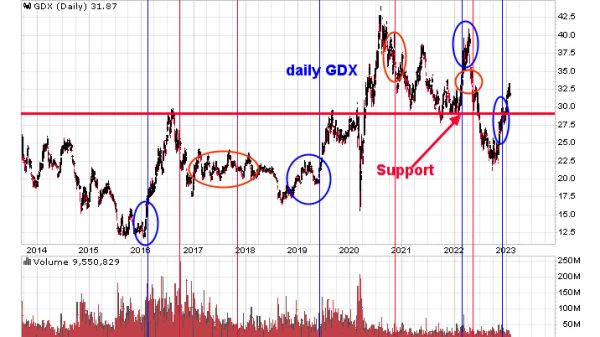It’s all coming together now, this ever-evolving process of paradigm change that college football has been pulled into. Like it or not.
Want to blame someone for the mess of the last four years? Blame Texas and Oklahoma.
Without two of the biggest programs in college football deciding in the summer of 2021 to light the fuse in search of financial stability, none of this happens.
Not the SEC adding the Longhorns and Sooners and becoming the villain of college sports. Not the Big Ten becoming Big America, not the ACC becoming the All Coasts Conference.
Not the death of the Pac-12 (as we knew it), not an expanding College Football Playoff postseason minimizing the bowl system. Not the unending thirst for more money — from universities and players.
So it should come as no surprise that the final piece to this unique moment in college sports, the last step that four years ago was a pipe dream, has finally arrived.
The SEC finally looks like it’s moving to nine conference games.
In one significant offseason, and just weeks after the completion of the first 12-team CFP, college football is moving toward more radical change. Only this time, it looks like the last move.
“There’s a lot of interest in (a nine-game conference schedule),” SEC commissioner Greg Sankey said Wednesday in New Orleans, where conference commissioners and athletic directors met to continue shaping the new college landscape.
MONEY MATTERS: Playoff expansion all about revenue for survival
STACKING DECK: SEC, Big Ten trying to rig playoff spots is pathetic
The fact that there’s “a lot” of interest from SEC coaches and athletic directors to move to nine games shows the financial straits even the heaviest of hitters in college sports face with the looming advent of what will be an effective ‘pay-for-play’ system with schools playing players for the use of their name, image and likeness.
It wasn’t long ago that former Alabama coach Nick Saban was the only coach in the SEC who wanted a nine-game conference schedule. There was a time, as recently as the SEC spring meetings of 2022, when Saban said the league not only needed nine conference games — but it should mandate at least one non-conference game against another power conference opponent.
Fast forward to Wednesday in New Orleans, and now everyone seems to be on board. Presidents and athletic directors see the final piece to the puzzle, and how it completes the final coat of paint on the completely rebuilt and reimagined college football.
The SEC moving to nine games allows for alignment between the two super conferences of college football. The Big Ten has been playing nine conference games since 2016, and the discrepancy between the two conferences has been a postseason qualification argument since.
The potential change by the SEC opens the opportunity for the two conferences to build a non-conference scheduling agreement. Those games, and the nine conference games, is the driving factor to add CFP play-in games during championship weekend and expand the postseason format to as many as 16 teams.
Playing nine conference games and adding a non-conference scheduling agreement allows the Big Ten and SEC to demand more access from the new College Football Playoff contract, which begins in 2026. Translation: automatic qualification, and as may as four spots per conference.
In that scenario, the Big 12 and ACC will receive two automatic qualifying spots each, an Notre Dame will still have access as an independent — if chosen by the selection committee. That leaves one at-large spot in a 14-team format, or three in a 16-team format.
Expanding championship weekend to a College Football Playoff play-in weekend will increase the number of games affecting access from five (four power conference championship games, highest-ranked Group of Five champion) to 13.
That’s eight more impactful games for media rights partners, and a corresponding increase in revenue.
In one potential scenario, the SEC and Big Ten would each have four play-in games among the top eight teams in their respective conference standings, with the winners advancing to the CFP. The ACC and Big 12 would play two games from the top four teams in their respective conferences.
That potential plan would’ve looked like this in 2024:
SEC: (1) Texas vs. (2) Georgia in the championship game, (8) Ole Miss at (3) Tennessee, (7) Texas A&M at (4) Alabama, and South Carolina (6) at LSU (5).
Big Ten: (1) Oregon vs. (2) Penn State in the championship game, (8) Minnesota at (3) Indiana, Michigan (7) at Ohio State (4), and Iowa (6) at Illinois (5).
The ACC and Big 12, with only four teams playing, could opt for naming a conference champion in the regular season, and using a 1 vs. 4, 2 vs. 3 format in the play-in games.
A 14-team CFP would leave, at most, two available at-large bids if Notre Dame doesn’t qualify. A 16-team field leaves as many as four, leaving a clear path for the loser of the Big Ten and SEC championship games to still qualify for the CFP.
All of this change from one monumental move four years ago.
Blame Texas and Oklahoma. Or give thanks.
Because the SEC finally will get to a nine-game conference schedule.
Matt Hayes is the senior national college football writer for USA TODAY Sports Network. Follow him on X at @MattHayesCFB.



























